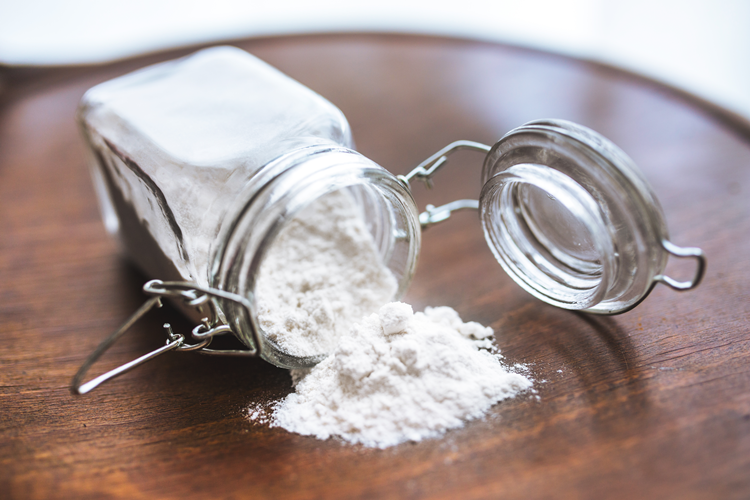It’s common knowledge that whole wheat bread is healthier than white bread. The simple reason is because whole wheat bread is made from whole grain flour while white bread is made from white flour. White flour is composed from heavily refined and processed wheat grains that leave it nutrionally devoid and full of empty calories whereas whole grain flour keeps its fiber content and many of its nutrients intact from unrefined grain.
For pastry lovers and baking enthusiasts alike, up your baked goods game by switching over to more nutrient dense whole wheat flour over white flour. While there is a learning curve, the flavor, heartiness, and health benefits it brings to your pastries will be worthwhile!
Whole Wheat Flour and All-Purpose Flour Characteristics
Whole wheat flours have a complex and deeper taste in comparison to white flour because it still retains the wheat bran and germ, which is stripped from white flour. Since whole grain flour is fiber-rich, baking with whole wheat flour can be discouraging for first time users due to heavy or hard consistencies. Taking the fiber content into account, this can simply be balanced by adding more liquid to your batter and/or using less whole grain flour than a recipe would call for with white flour.
1. Whole wheat flour is rich in fiber
Baking with whole wheat flour is healthier, mainly due to the fiber content, which will help stabilize blood sugar levels when consuming sugary pastries. Additionally, dietary fiber prevents constipation, lowers blood cholesterol and promotes weight loss. According to Colorado State University, for example ½ cup of white flour contains 1.3 grams of fiber in comparison to an equal serving of 6.4 grams whole-wheat flour. Thus, whole wheat flour helps you reach your dietary fiber intake – 28 grams daily if you are following a 2,000-calorie diet.
2. Whole wheat flour regulates blood sugar
Foods with carbohydrates effects on your blood sugar. After you eat a meal, your body breaks down the carbohydrates from your food into glucose which then enters your bloodstream and provide fuel to your cells. The glycemic index (GI) of a food serves as measurement of how this breakdown occurs. High-GI foods (Glycemic Index) leads to rapid blood sugar spikes which leaves you hungry and irritable shortly after eating. Low-GI foods crashes more slowly to prevent blood sugar, so you’re satisfied longer after your meal. If you want to regulate your blood sugar after a meal, choose foods made with whole-wheat flour.
3. Whole wheat flour is higher in essential vitamins
There is more nutritional value in whole-wheat flour than white flours. Whole-wheat contains more vitamins such as B1, B3 and B5. White flours have the same vitamins but in lower in content due to the refining process.
4. Baking with whole wheat flour
When it comes to whole wheat baking, keep in mind that the finished product will be denser, heavier, and drier than what you’re used to with white flour. To compensate, simply add more liquid and don’t overbeat the batter. Secondly, allow the batter to rest a little longer, for the liquid to be absorbed more deeply, will also help retain a soft and moist baked good.
Baking with whole wheat flour does take some getting used to. But with a few fun experiments in the kitchen and a few tweaks to your recipe, whole wheat baking becomes and enjoyable, wholesome, and delicious endeavor.
sources:
http://www.thekitchn.com/
https://miraclenoodle.com/





